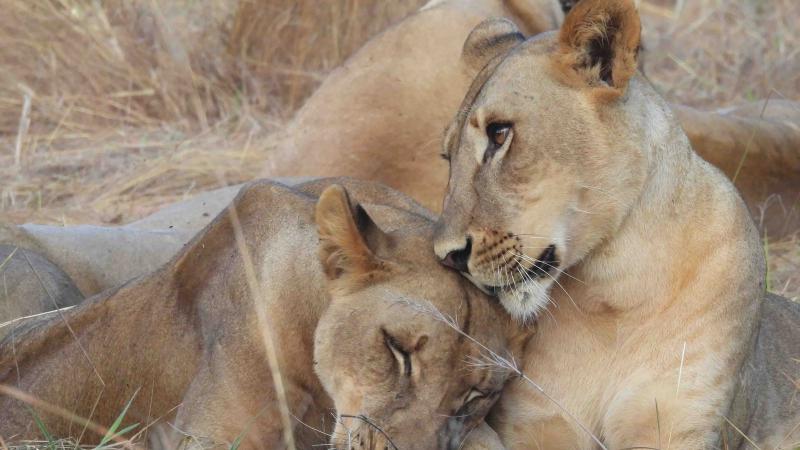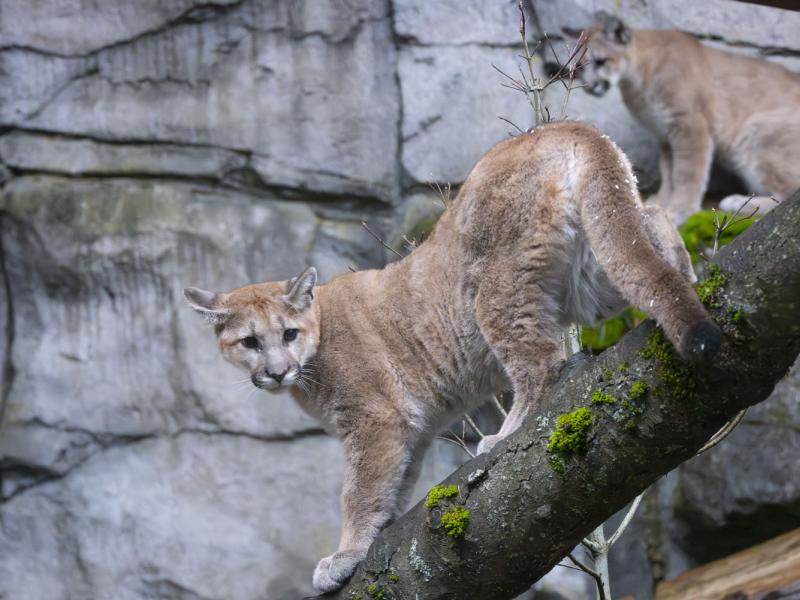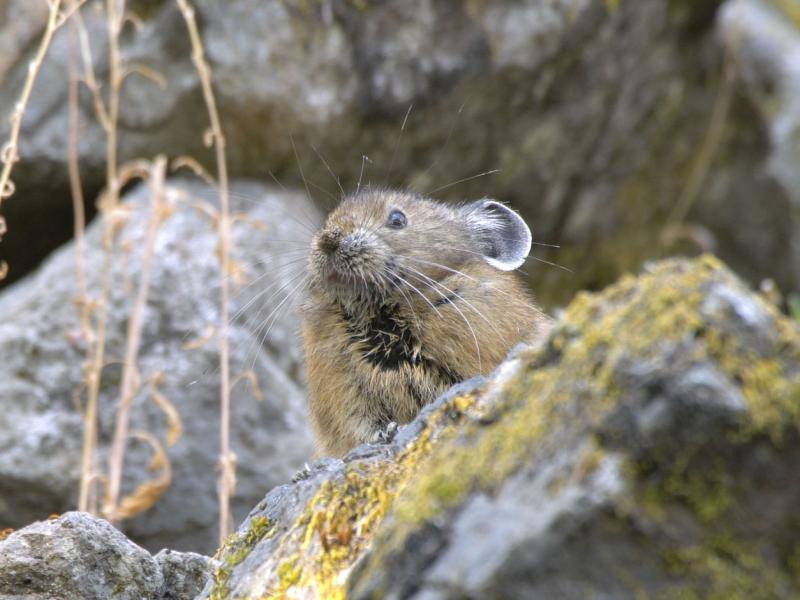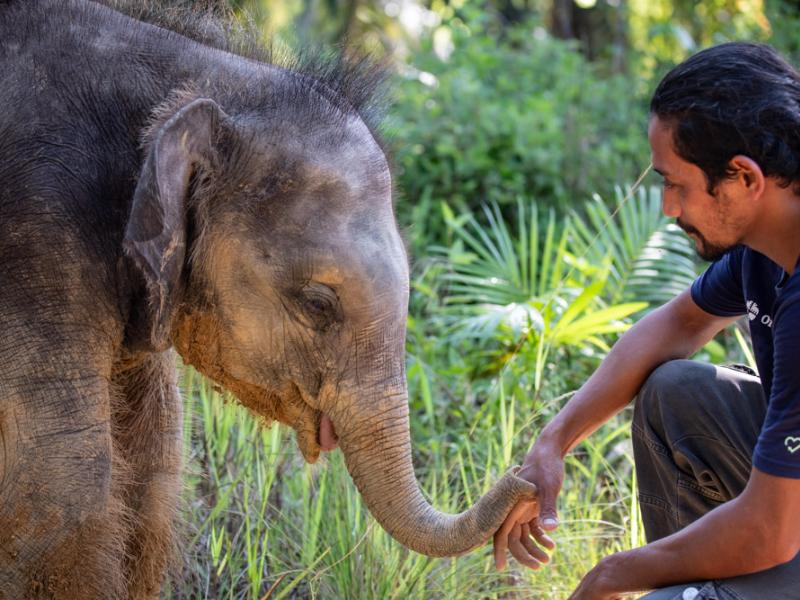Zoo launches new conservation partnerships in Africa

Rhinos, lions, giraffes and other African wildlife got a boost from Oregon this month as the zoo announced $180,000 in support for three community conservation partners over the next three years. Funds will aid the International Rhino Foundation, Somali Giraffe Project and Niassa Carnivore Project in their work for wildlife and communities in four countries throughout Africa.
“We’re well known for our work with native species in the Pacific Northwest, like northwestern pond turtles and silverspot butterflies,” said Melanie Sorensen, the zoo’s education and conservation director. “But we also have a global conservation impact that spans three continents, and we’re thrilled to deepen that commitment with these new partnerships.”
Over the past eight months, the zoo’s conservation and animal care teams connected with community organizations that serve the people and wildlife in Mozambique, Kenya, Namibia and Zimbabwe. Using funds from zoo admissions and a conservation endowment from the Oregon Zoo Foundation, partnerships were established with the following organizations:
-
International Rhino Foundation
Supports the protection and monitoring of endangered black rhinos by the Bubye Valley Conservancy in Zimbabwe and the community rhino ranger program in Nyae Nyae Conservancy in Namibia. This work also includes caring for orphaned black rhinos, supporting anti-poaching efforts and working with local primary schools to increase education about rhinos and conservation.
-
Supports anti-poaching and anti-snaring efforts in northeastern Kenya to protect reticulated giraffes. The Somali Giraffe Project also works with local communities to reduce human-giraffe conflict and survey livestock for disease outbreak.
-
Works to reduce the killing of carnivores like lions, leopards and spotted hyenas for the illegal wildlife trade in Mozambique. The project provides education and training for people living inside Niassa Special Reserve, while mitigating carnivore attacks and working to reduce disease risk for people and wildlife.
Although these efforts focus mainly on well-known animals like rhinos and lions, Sorensen says the habitat restoration and community education work has far-reaching benefits.
“These conservation efforts provide jobs and resources for community members, and they have a positive impact on countless other species,” Sorensen said. “In fact, 36 different species here at the Oregon Zoo — from naked mole rats to the giant African millipede — represent wildlife that benefits from our partners’ work.”
Sorensen says the collaboration is off to a great start. Members from the Somali Giraffe Project recently stayed up late in Kenya to attend a virtual Oregon Zoo staff meeting, and reports indicate the zoo’s support in Mozambique is already making a difference.
“This partnership with the Oregon Zoo reminds us of what’s possible when organizations work together across the globe, and conservation benefits flow to the wildlife and people who need them most,” said Dr. Colleen Begg, director of the Niassa Carnivore Project. “Our planet needs us, wildlife needs us, and we as a community are tackling these challenges together.”
More News

Rescued cougar cubs are venturing out
A pair of orphaned cougar cubs, rescued and brought to the zoo by Washington Department of Fish and Wildlife staff in November, have begun exploring their outdoor habitat.April 17, 2025

Zoo seeks pika watchers for summer season
The Oregon Zoo is recruiting volunteers for Cascades Pika Watch.April 15, 2025

Zoo convenes action for imperiled elephants
Sabah government representatives joined conservation NGOs, local communities, palm oil producers, and tourism operators this week in the fight to save the world’s smallest elephants from extinction.April 11, 2025

